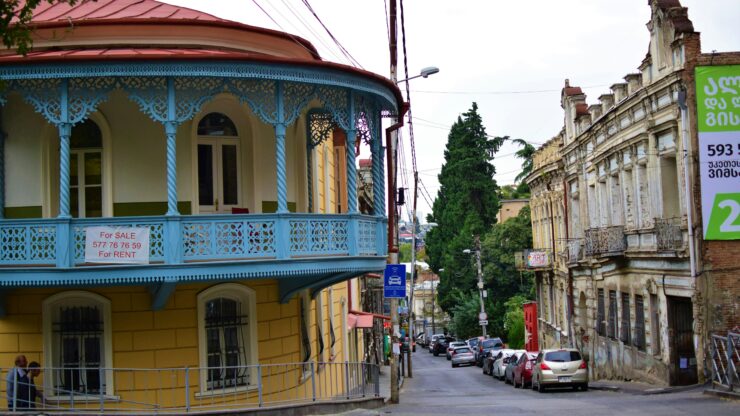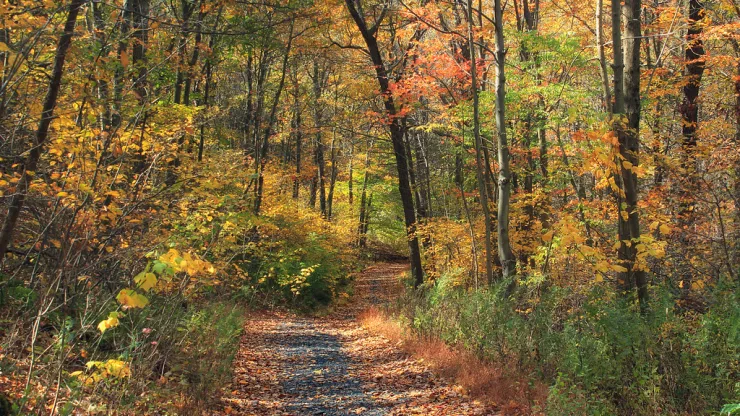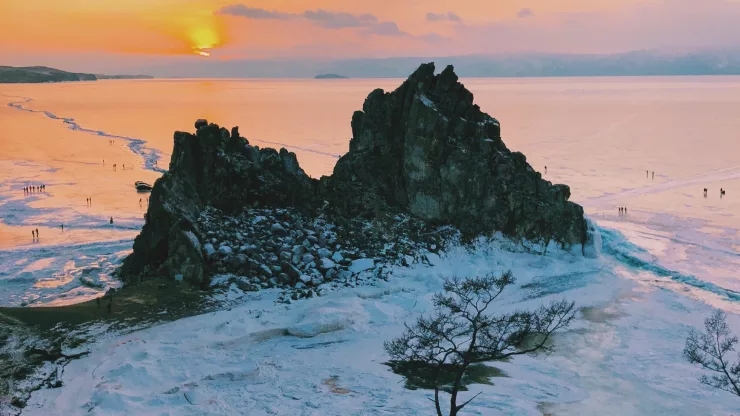Jump to Section
Discovering the Western Caucasus: A Biodiverse Haven
The Western Caucasus region in Russia is a unique and precious area of the world that is home to an impressive array of flora and fauna.
The region is located in the southwestern part of Russia and spans over 275,000 hectares, making it one of the most biologically diverse regions on the planet.
From soaring mountains to lush forests, the Western Caucasus offers a natural paradise that is unlike any other.
In this article, we will explore the fascinating biodiversity of the Western Caucasus, its wildlife, and conservation efforts.
From Soaring Mountains to Lush Forests: A Natural Paradise
The Western Caucasus is a mountainous region that is home to some of the highest peaks in Europe, including Mount Elbrus, which stands at over 5,600 meters.
The region is also characterized by its lush forests, alpine meadows, and river valleys.
The diverse topography of the Western Caucasus provides a range of habitats for the region’s flora and fauna, making it a unique and precious ecosystem.
Some of the most notable plant species found in the Western Caucasus include:
- Caucasian fir
- Nordmann fir
- Yew
- Rhododendrons
- Peonies
- Orchids
The Western Caucasus is also home to a variety of animal species, including rare and endangered species such as:
- Caucasian leopard
- Caucasian black grouse
- Bearded vulture
- Caucasian tur
- Brown bear
- Lynx
- Golden eagle
The Wildlife of the Western Caucasus: A Fascinating Diversity
The Western Caucasus is home to an impressive diversity of wildlife, with over 5,000 species of plants and animals inhabiting the region.
The region’s wildlife is adapted to the harsh mountainous environment and includes many rare and endangered species.
One of the most iconic species found in the Western Caucasus is the Caucasian leopard, which is one of the rarest big cats in the world.
The leopard’s habitat has been threatened by human activity such as logging, poaching, and development.
However, conservation efforts are underway to protect the leopard’s habitat and increase its numbers.
Other notable species found in the Western Caucasus include the Caucasian black grouse, a bird species that is endemic to the region.
The bird’s population has been declining due to habitat loss and hunting, and efforts are underway to protect its habitat and promote sustainable hunting practices.
Conservation Efforts in the Western Caucasus: A Hopeful Future
Conservation efforts in the Western Caucasus have been ongoing for many years, with a focus on protecting the region’s unique flora and fauna.
In 1999, the Western Caucasus was designated a UNESCO World Heritage site in recognition of its exceptional biodiversity and importance for conservation.
Efforts to protect the region’s wildlife include the establishment of protected areas such as the Caucasus Biosphere Reserve and the Sochi National Park.
These areas provide a safe haven for the region’s rare and endangered species and promote sustainable tourism practices.
Conservation efforts in the Western Caucasus have also focused on promoting sustainable development and reducing human impact on the environment.
This includes promoting sustainable forestry practices, reducing pollution, and promoting eco-tourism.
FAQ
What is the Western Caucasus?
The Western Caucasus is a region located in the southwestern part of Russia. It is characterized by its mountainous terrain, lush forests, alpine meadows, and river valleys.
What kind of plant and animal species can be found in the Western Caucasus?
The Western Caucasus is home to over 5,000 species of plants and animals, including rare and endangered species such as the Caucasian leopard, the Caucasian black grouse, and the bearded vulture.
What conservation efforts are underway in the Western Caucasus?
Conservation efforts in the Western Caucasus include the establishment of protected areas such as the Caucasus Biosphere Reserve and the Sochi National Park.
These areas provide a safe haven for the region’s rare and endangered species and promote sustainable tourism practices.
Conservation efforts also focus on promoting sustainable development and reducing human impact on the environment.
I’m a nature enthusiast and creator of Metro Wilds and have spent years exploring the great outdoors.
With a passion for environmental conservation and sustainability, I have dedicated my career to writing about the beauty and wonders of nature, as well as the threats facing our planet.
Contact me at [email protected] for assistance.





